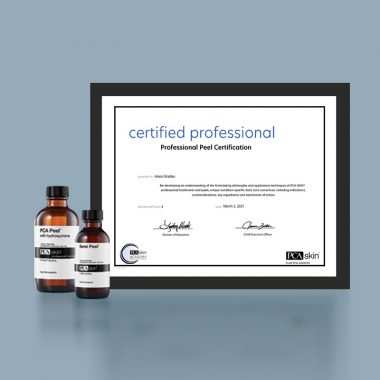Aloe Vera
Dal’ Belo SE, Rigo-Gaspar L, et al. (2006) “Moisturizing Effect of Cosmetic Formulations Containing Aloe Vera Extract in Different Concentrations Assessed by Skin Bioengineering Techniques.” Skin Research and Technology, volume 12: pp. 241-246
Byeon SW, Pelley RP, Ullrich SE, et al. (1998) “Aloe Barbadensis Extracts Reduce the Production of Interleukin-10 After Exposure to Ultraviolet Raditation.” Journal Investigative Dermatology, volume 110: pp. 811-817
Chithra P, Sajithlal GB, Chandrakasan G. (1998) “Influence of Aloe Vera on the Glycoaminoglycans in the Matrix of Healing Dermal Wounds in Rats.” Journal of Ethnopharmacology, volume 59: pp. 179-186
Heggers JP, Kucukcelebi A, et al. (1996) “Beneficial Effect of Aloe on Wound Healing in an Excisional Wound Model.” Journal of Alternative and Complimentary Medicine, volume 2: pp. 271-277

